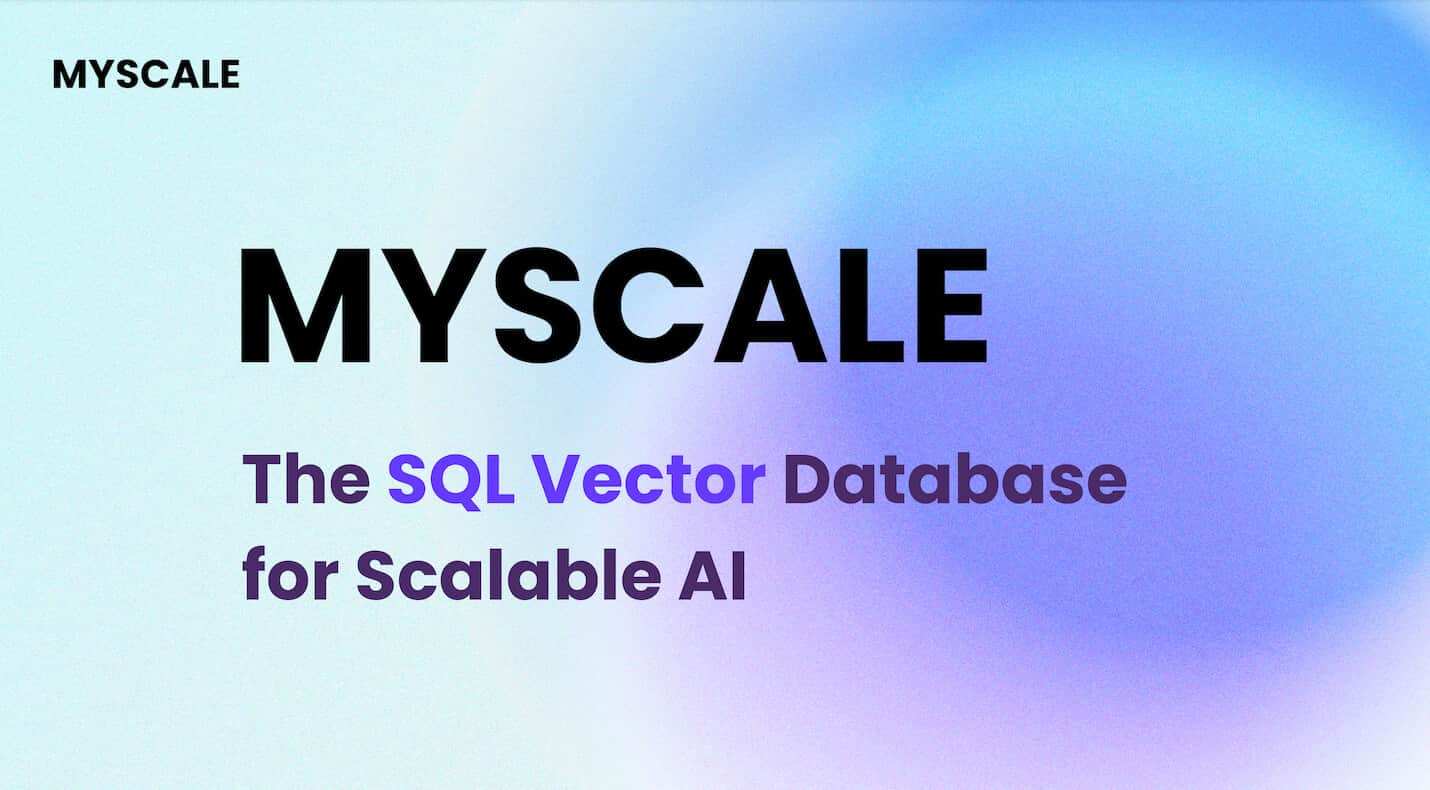In the face of escalating climate change challenges, the need for innovative solutions has never been more pressing. Enter LLM models (opens new window), cutting-edge tools (opens new window) that hold immense significance in unraveling the complexities of our changing climate. These models, coupled with the intriguing realm of diffusion models, offer a promising path towards a deeper understanding of environmental shifts. Throughout this blog, we delve into the pivotal role of LLM-controlled diffusion models in shaping futuristic climate insights.
# LLM-controlled Diffusion Models (opens new window)
In the realm of climate analysis, LLM-controlled diffusion models play a crucial role in unraveling intricate patterns and dynamics. These models, characterized by their sophisticated algorithms and mechanisms, offer a unique perspective on understanding the complexities of environmental changes.
# Definition and basics
To comprehend the essence of LLM-controlled diffusion models, one must grasp their fundamental principles. These models leverage advanced computational techniques to simulate the dissemination of information or phenomena across various spatial and temporal scales. By integrating large language models with diffusion processes, researchers can gain valuable insights into how climate variables interact and evolve over time.
# Importance in climate analysis
The significance of LLM-controlled diffusion models in climate analysis cannot be overstated. By harnessing the power of artificial intelligence and machine learning, these models enable scientists to forecast climate trends with unprecedented accuracy. Through the fusion of linguistic capabilities with diffusion modeling, researchers can explore complex relationships within Earth's systems, paving the way for innovative solutions to mitigate environmental risks.
# Applications in Climate Analysis
# Climate Prediction (opens new window)
Accuracy improvements
In the realm of climate prediction, the integration of LLM-controlled diffusion models (opens new window) has led to remarkable advancements in enhancing the accuracy of forecasting. By leveraging the intricate algorithms embedded within these models, researchers can now delve deeper into the nuances of climate dynamics. Through a meticulous analysis of historical data and real-time observations, LLM-controlled diffusion models facilitate a more precise understanding of how environmental variables interact and evolve over time.
Improved accuracy through advanced algorithms
In-depth analysis of historical and real-time data
Enhanced understanding of environmental interactions
Case Studies
Modeling Extreme Weather Events: Utilizing LLM-controlled diffusion models, scientists have successfully predicted extreme weather phenomena with unprecedented accuracy. By simulating various scenarios and analyzing complex data patterns, researchers can now anticipate natural disasters well in advance.
Long-Term Climate Trends Forecasting: The application of LLM-controlled diffusion models has revolutionized long-term climate trend forecasting. Through comprehensive data integration and sophisticated modeling techniques, scientists can now project future climate scenarios with increased precision.
# Resource Optimization
Computational efficiency
When it comes to resource optimization in climate analysis, the role of LLM-controlled diffusion models cannot be overlooked. These cutting-edge models offer unparalleled computational efficiency, enabling researchers to streamline their analytical processes and maximize output quality. By harnessing the power of artificial intelligence and machine learning, scientists can now optimize resource allocation while maintaining high levels of accuracy in climate predictions.
Unparalleled computational efficiency for resource optimization
Streamlined analytical processes for maximum output quality
Optimal resource allocation through AI and machine learning
Examples in Earth System Models
Enhanced Data Processing: Through the integration of LLM-controlled diffusion models, Earth System Models (ESMs) (opens new window) have witnessed a significant enhancement in data processing capabilities. This advancement allows for faster simulations and more detailed analyses, ultimately leading to a comprehensive understanding of complex environmental systems.
Real-Time Climate Monitoring: By incorporating LLM-controlled diffusion models into Earth System Models, researchers can now monitor real-time climate changes with unprecedented accuracy. This real-time monitoring enables swift responses to environmental shifts, contributing to proactive climate management strategies.
# Future Trends and Developments
# Emerging Research
Bridging modality gaps
In the realm of climate analysis, the concept of bridging modality gaps is gaining traction as researchers seek to enhance the integration of diverse data sources. By combining insights from different modalities such as text, images, and numerical data, scientists can develop a more comprehensive understanding of climate dynamics. This approach enables a holistic view of environmental changes, facilitating informed decision-making processes.
Knowledge transfer from LLMs
The knowledge transfer from Large Language Models (LLMs) (opens new window) is revolutionizing the landscape of climate research. Through sophisticated algorithms and advanced language processing capabilities, LLMs offer a wealth of information that can be leveraged to enhance climate analysis. By transferring knowledge from LLMs to diffusion models, researchers can unlock new insights into complex environmental systems (opens new window), paving the way for innovative solutions to address climate change challenges.
# Potential Impact
Long-term climate strategies
The integration of LLM-controlled diffusion models in long-term climate strategies holds immense potential for shaping sustainable environmental policies. By leveraging cutting-edge AI technologies, policymakers can access accurate projections and scenario analyses to inform strategic decision-making processes. This proactive approach enables the development of robust policies that mitigate risks associated with climate change while fostering sustainable development practices.
Policy implications
The utilization of LLM-controlled diffusion models has far-reaching policy implications across various sectors. From energy management to urban planning, these models offer valuable insights that can guide policy formulation and implementation. By harnessing the power of AI-driven analyses, policymakers can design evidence-based policies that prioritize environmental conservation and resilience building. This strategic integration of technology and policy frameworks sets the stage for a more sustainable future.
Recap of LLM models' role in climate analysis:
- LLM models play a pivotal role in unraveling intricate patterns and dynamics in climate analysis. By integrating advanced computational techniques, these models offer valuable insights into the complexities of environmental changes.
Summary of key points discussed:
- The fusion of Large Language Models (LLMs) with diffusion processes enhances climate prediction accuracy and resource optimization. Bridging modality gaps and transferring knowledge from LLMs are emerging research trends shaping future climate analysis.
Future outlook and recommendations:
- Responsible development and deployment of LLMs focusing on ethical considerations (opens new window) is crucial for sustainable progress. Addressing challenges related to misinformation, bias, privacy concerns (opens new window), and over-reliance on machine-generated content is essential for the ethical use of LLMs in climate research.




